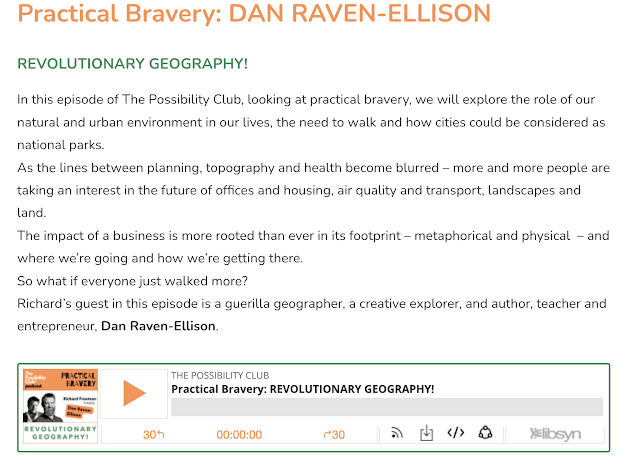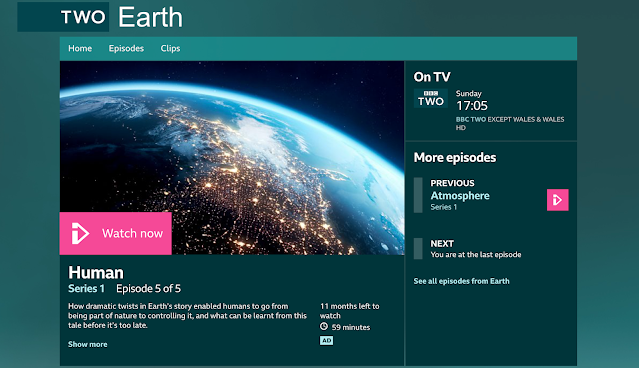Common Ground was an organisation which was founded by Sue Clifford, Angela King and Roger Deakin in 1983.
One of their most impressive publications is called 'England in Particular'. It is a hefty tome which I have in my library. I've seen copies in second hand book shops / charity shops several times over the years - check Oxfam in particular for books.
It is subtitled: "A Celebration of the Commonplace, the local, the vernacular and the distinctive".
It is one of the most interesting books to come out of their work, and takes the form of a large A-Z compendium of distinctiveness, very nicely illustrated.
The entries range across landscape elements, myths, folklore, villages, country life, natural history, botany, entomology, riparian ecosystems and everything in between.
In a review by Mark Cocker, he praises the book for its diversity:
"It involves a complex blend of archaeology, anthropology, social and natural history, ecology and simple storytelling. It also incorporates the numerous voices of people who have submitted to the authors their own experience of English landscapes.
Their items resolve into six broad categories: plants, trees and vegetational communities; wild animals; various forms of rustic food, often fruits and vegetables; architectural structures and styles; rural traditions and festivals. The sixth category involves elements so broad in theme one might consider them abstractions, such as their essays on "Facing North" or "The Weather"."He also reminds us of the importance of this diversity and vernacular landscape elements.
"Once you homogenise a landscape in the way that we see across large parts of central England, you not only lose the wildlife, you rob its inhabitants of the elements that make up their identity. The antiseptic uniformity of many English high streets is part analogue, part consequence of the surrounding countryside's wider sterilisation."The book is over 500 pages long and features articles of differing length, and lovely illustrations in a range of styles. Some of the entries are for geographical features such as rias.
Here's a sample from the contents pages:
Image: Alan Parkinson, shared under CC license.

































